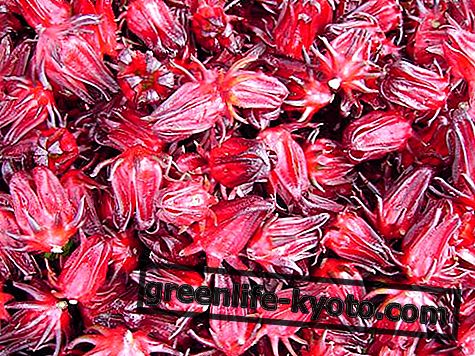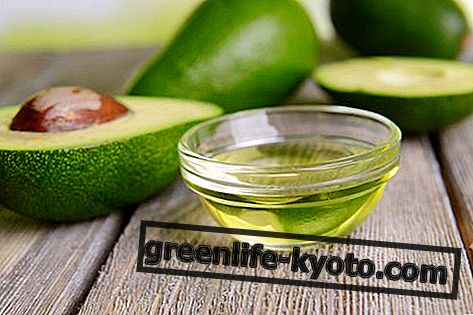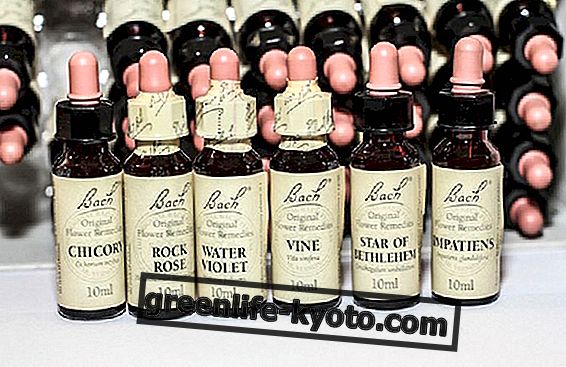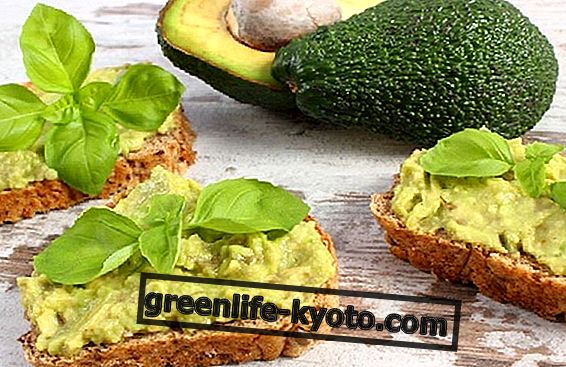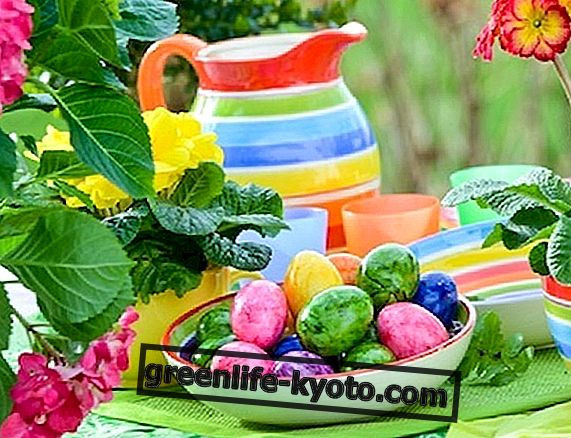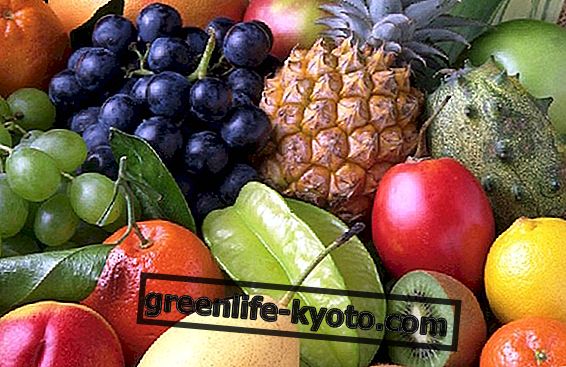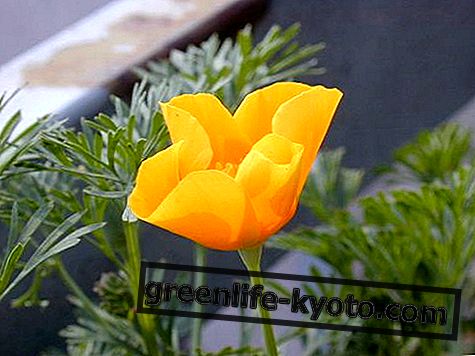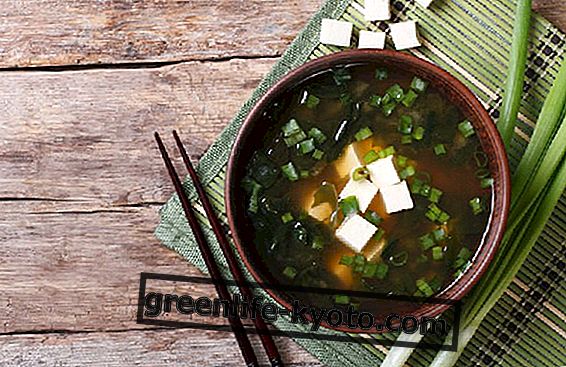
Miso is a condiment used daily in Japanese cuisine since the dawn of time .
This condiment is traditional throughout Japan and is used for the preparation of the famous miso soup as well as for other local recipes.
On our tables in the West the miso has arrived only in the last ten years, with the spread of the macrobiotic diet.
Since then, even in Italy miso began to be known as a condiment but also as a food with many nutritional and healthy properties .
Miso is obtained from the fermentation of yellow soya with the addition of sea salt and live cultures . These ferments are the secret of the preparation of miso that happens precisely thanks to the work of the Asperigillus Oryzae mushroom which can last over 2 years.
Miso a fermented condiment
The miso being a fermented product provides enzymes already active in our body helping digestion. Enzymes are essential substances that are destroyed by cooking food and therefore taking fermented foods helps to increase the reserves of these enzymes in our body.
Furthermore the fermentation succeeds in increasing the presence of vitamins so that the percentages increase exponentially during the time of the fermentation process. In this way fermented foods such as miso become richer in vitamins and are easily digestible.
Miso is a very digestible food because during the fermentation process the nutritional elements are pre-digested and simplified.
After their assumption, the organism has only the task of absorbing them without spending too much energy for their elaboration but obtaining many nutritional and healthy substances in exchange.
Food fermentation
The fermentation process is characterized by specific live cultures which are bacteria, molds or fungi capable of transforming food into fermented foods. A fermented product changes its taste, its consistency and even its nutritional characteristics for the better, becoming as we have already said even more digestible. Miso is a fermented condiment thanks to the presence of a specific fungus, Asperigillus Oryzae, which works by transforming soy into miso.
The role of these enzymes in our body is very important so that they are useful to counteract many different health disorders. They help our intestines against inflammatory states and food allergies or intolerances.
They strengthen the immune system and support the functions of the intestine . Furthermore, their presence as beneficial bacteria helps in maintaining the balance and functionality of our intestinal flora.
In particular, the fermented miso helps to combat cardiovascular diseases, allergies, dental cavities, asthma, skin diseases and helps to rebalance the metabolism by acting on the regulation of fat and cholesterol in the circulation. Finally, miso is an excellent natural supplement thanks to the presence of 8 essential amino acids, many vitamins and mineral salts essential for the physiological functions of our body.
How to use miso
To maintain the properties of the miso we must use this condiment on a low heat. In fact, the high temperatures of cooking foods stop the miso fermentation and kill the living ferments like the Asperigillus mushroom. The miso being also very tasty must be added to the dish at the end of cooking thus avoiding boiling and preserving all its beneficial properties.
A single teaspoon of miso is enough to flavor soups, soups and all kinds of vegetables . Miso contains vegetable proteins and amino acids up to 15%, vitamins, mineral salts and essential oils.
In particular, in addition to being a valuable supplement of live cultures, it also contains lecithin, which is a cholesterol regulatory substance. The salt content is however conspicuous going from a 6% for the less fermented miso up to 12% for the fermented miso more than 24 months. We therefore recommend using moderate miso in our daily diet.
Types of fermented miso
There are different types of miso depending on the preparation ingredients and the fermentation process.
The Hacho miso is the most prized of all so much that since ancient times it was used in the kitchen of the imperial family. It is obtained from only yellow soybean with added sea salt and ferments such as the Asperigillus mushroom.
The duration of fermentation must exceed at least 24 months to obtain its intense and decisive flavor.
Today the Hacho miso can be purchased in natural food stores and organic markets. This miso can be consumed as a condiment by all people but it is not recommended to use it every day as it is so concentrated and intense. In reality there is also a less prized version of miso called soy miso precisely because it is made from yellow soybean but with fermentation for only 12 months.
Its flavor is more delicate and obviously it is much less prized than Hacho miso. People with celiac disease can consume both the Hacho miso and the soy miso because both are produced from soy alone and do not contain gluten.
Mugi miso is made from yellow soybean with the addition of salt, water, ferments and barley. Its fermentation lasts a few months less than the most prized Hacho miso and in fact requires 18 months of fermentation.
The flavor is less incisive but can be used more frequently in the diet . People with celiac disease, who are intolerant to gluten , should avoid this type of miso because the barley cereal is used as an ingredient in the fermentation process and therefore this miso contains gluten.
Kome miso is made from yellow soy, sea salt, water with the addition of enzymes and rice. This miso has an even shorter fermentation process and its taste is light and delicate.
Tips for buying
Having different products called miso we will have to learn to read the labels to know precisely what we are buying.
Usually the shops of natural products or ethnic foods sell miso and already several companies produce this condiment or import it from the East. The products of ethnic shops must have translated labels in order to recognize the ingredients, origin and quality of the product.
The miso can be sold in different containers even if the glass bottles are the best because they maintain the taste and the nutritional and healthy properties of this special seasoning.
Furthermore, there is pasteurized and unpasteurized miso; this difference is given precisely by the treatment at high temperatures to which a product is subjected for a short time.
The miso stops its fermentation at the time of pasteurization and this means that it loses its "vitality" and the process of transformation by the fungus no longer occurs. Much better to choose unpasteurized miso in order to have a product that still continues its fermentation and this is visible by the presence of whole grains that can be deposited on the bottom of the container.
Finally, the choice of a "organic" miso makes it possible to have the guarantee that all its ingredients and also the production process comply with the regulations of the organic farming regime. For example, in organic products there are no ingredients of synthetic chemical origin and no GMO products can be inserted. This leads to the guarantee of a product obtained from non-transgenic soybean and the organic farming brand nonetheless gives an extra guarantee of high quality of the product.

